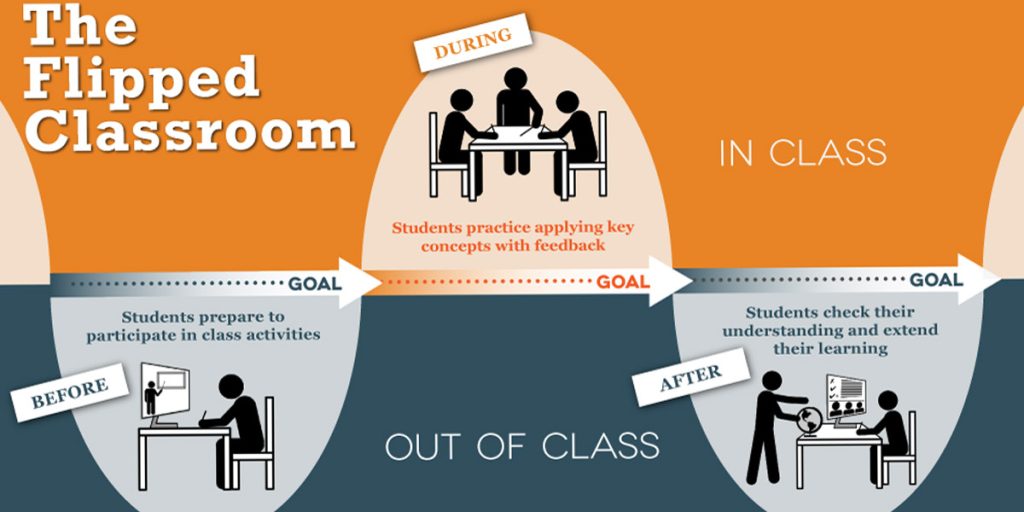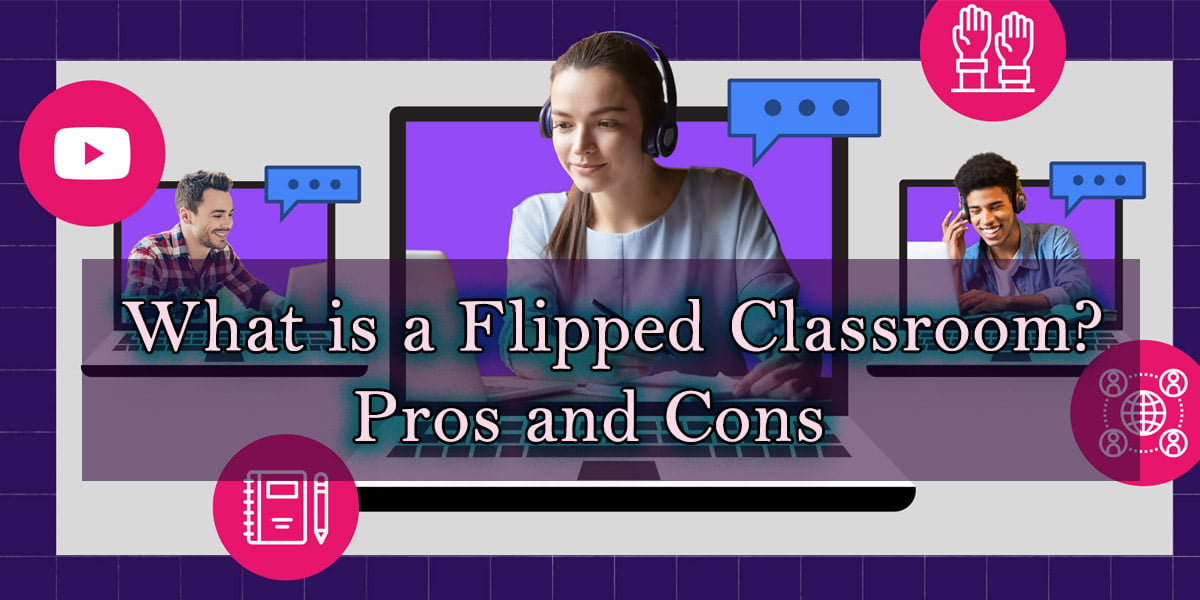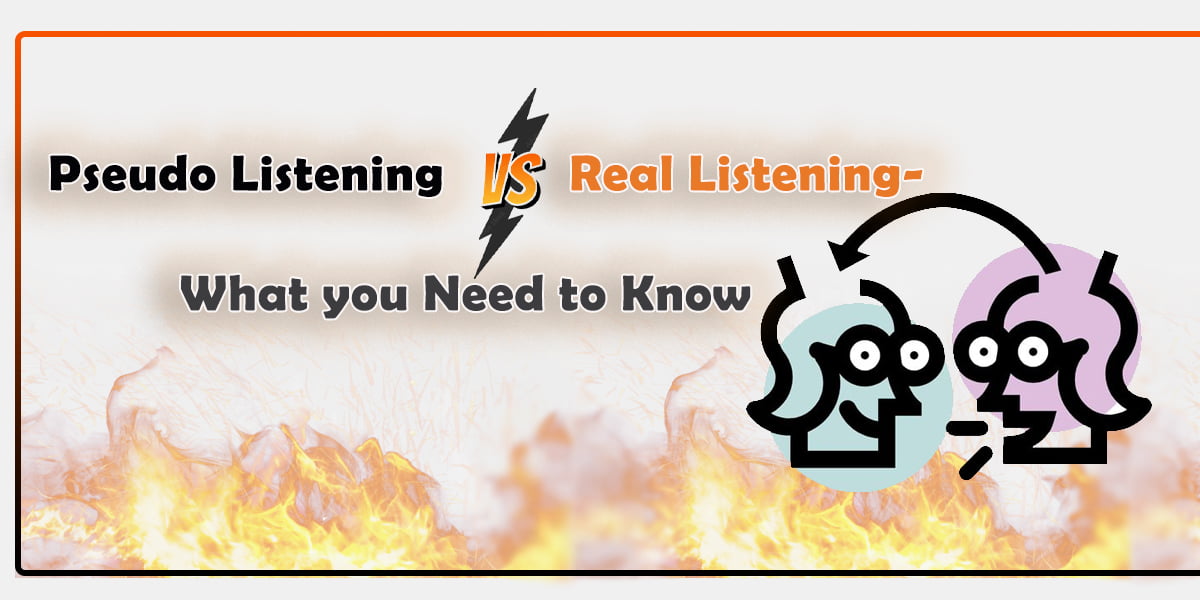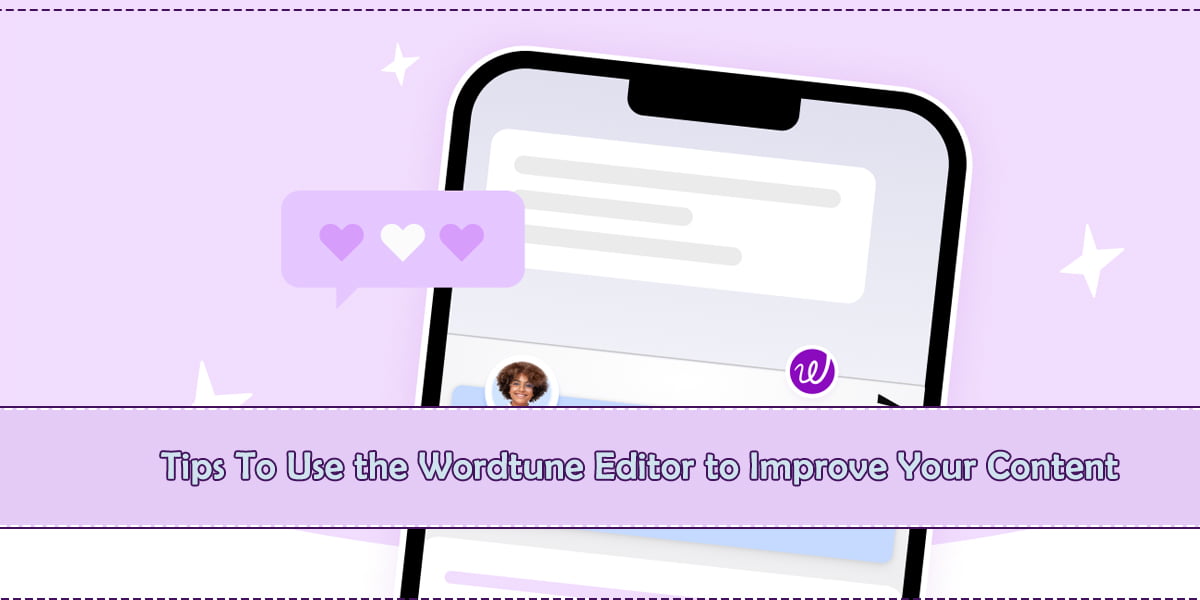Flipped Classrooms are an instructional method where students are first exposed to new material outside of class, usually via reading or watching a lecture, and then come to class ready to discuss and work on problems. The key feature of a Flipped Classrooms is that it inverts the traditional instructional model, with class time used for active, engaged learning and out-of-class time used for more passive activities such as lectures or problem sets.
Flipped Classrooms – What are they?
There are several reasons why educators might choose to flip their classrooms. First, it allows students to move at their own pace, rewatching lectures or working on problems until they understand the material. Second, it frees up class time for more active learning activities, such as group work, discussions, and firsthand projects. Finally, it allows educators to tailor their instruction to the needs of their students, providing more one-on-one help to those who need it and challenging activities for those who are ready for more.
Overall, flipped classrooms have the potential to be a powerful instructional tool. When used correctly, they can provide students with more individualized attention and allow teachers to better meet the needs of their students. However, they are not a silver bullet; like any instructional method, they have their own advantages and disadvantages that must be considered before implementation.
How Does Flipped Classrooms Work?
The flipped classroom is a type of blended learning that has gained popularity in recent years. The basic idea is to flip the traditional model of instruction so that students watch lectures and complete assignments at home, and then come to class for in-person activities and discussion.
If you are thinking of flipping your classroom, there are a few things to keep in mind. First, you will need to create high-quality video lectures that cover all the essential material. Second, you’ll need to design in-class activities that are engaging and promote higher-order thinking. Finally, you’ll need to be prepared to answer students’ questions and give feedback on their work.
With a little planning and effort, flipping your classroom can be a great way to improve student learning.
How to Create a Flipped Classroom
The Flipped Classrooms have been gaining in popularity in recent years to improve student engagement and achievement. There are a number of different ways to create a flipped classroom, but the basic idea is to use technology to flip the traditional model of instruction so that students can learn the content on their own time outside of class, and then use class time for more interactive activities such as discussion, group work, and hands-on projects.
There are several advantages to using a Flipped Classrooms model. First, it allows students to learn at their own pace and review material as often as they need to. Second, it frees up class time for more engaging activities that require students to apply what they have learned. And finally, it gives teachers more time to work with individual students or small groups.
If you are interested in creating a flipped classroom, there are a few things you need to keep in mind. First, you need to have a good understanding of the content you’re teaching and be able to create high-quality instructional videos. Second, you need to be able to effectively use technology in your classroom. And finally, you need to be able to plan and execute engaging classroom activities.
If you are ready to get started, check out our step-by-step guide to creating a flipped classroom.
When done effectively, a flipped classroom can be a powerful tool for promoting student engagement and learning. By flipping the traditional classroom model on its head, students are given more control over their learning, which can lead to a deeper understanding and ownership of the material.
Is a Flipped Classroom Right for You?
There are a lot of factors to consider when deciding if a flipped classroom is right for you. Here are five key questions to ask yourself:
1. What is my teaching style?
2. What is the learning style of my students?
3. What is the level of my students’ English proficiency?
4. What is the size of my class?
5. What technology do I have access to?
6. What is my teaching style?
If you’re the type of teacher who likes to be in control of the classroom and likes to lead your students through each lesson step-by-step, Flipped Classrooms may not be right for you. In a flipped classroom, students are expected to work through the lesson material on their own before coming to class, so they will likely need less guidance from you during class time.
Flipped Classrooms – Pros
There are a lot of different ways to learn, and some students prefer a more hands-on approach while others prefer to be more passive in their learning. Some students even prefer a mix of both. However, there is one learning method that has become increasingly popular in recent years, and that is the flipped classroom model.
The flipped classroom model is when students learn the content at home, usually through videos or other online resources, and then come to class to work on projects and discuss the material. This is the opposite of the traditional model, where students come to class to learn the content and then go home to do their homework.
There are a lot of advantages to the flipped classroom model. First, it allows students to learn at their own pace. If a student needs more time to understand a concept, they can pause the video or rewatch it as many times as they need to. Second, it gives students more control over their learning. They can choose when and where they want to learn the material, which can be helpful for students who have busy schedules or who learn better in certain environments.

Third, the flipped classroom model can be more engaging for students. They are more likely to retain the information if they are actively using it and applying it to real-world situations. Fourth, this model can help reduce the amount of homework that students have to do because they are already doing a lot of the work in class. And fifth, it can prepare students for college and the workforce by teaching them how to learn independently.
There are some disadvantages to the Flipped Classrooms model as well. First, it requires a lot of organization and time management on the part of the student. They need to be able to keep up with the material and make sure that they are doing the work outside of class. Second, it can be difficult for students who have trouble learning independently or who need more personal attention from their teachers. Third, it can be a challenge for teachers to create engaging and effective videos or other resources. And fourth, not all students have access to the internet or a computer at home, which can make it difficult for them to take advantage of the resources.
Flipped Classrooms – Cons
When it comes to education, there is no one size fits all solution. Different students learn in diverse ways and what works for one might not work for another. The same goes for teaching methods. Some teachers prefer traditional methods while others are more open to trying new things, like flipped classrooms.
The Flipped Classrooms model is one that is growing in popularity, but it is not without its critics. Here are three of the biggest flipped classroom cons:
1. It Requires a Lot of Prep Time
One of the biggest Flipped Classrooms cons is that it requires a lot of prep time. Teachers need to create engaging video lessons for their students to watch at home and then have activities or projects ready for them to do in class. This can be a lot of work, especially for teachers who are already stretched thin.
2. Some Students Do not Learn Well Online
While some students thrive in an online learning environment, others do not. For these students, the flipped classroom model can be a struggle. They might not be able to keep up with the videos or may not understand the material as well without face-to-face interaction with their teacher.
3. It Can Be disruptive to the Traditional Classroom Structure
For some teachers and students, the Flipped Classrooms model can be disruptive to the traditional classroom structure. This can make it difficult to transition to this new way of learning and can cause some frustration.
Overall, the flipped classroom model has its pros and cons. It is important to weigh both before deciding if this teaching method is right for you and your students.
Final Thoughts
Despite these challenges, the flipped classroom has a lot of potentials. With the right preparation and support, the Flipped Classrooms can be a great way to improve student engagement and achievement. If you are thinking of flipping your classroom, keep these tips in mind to ensure a smooth and successful transition.




